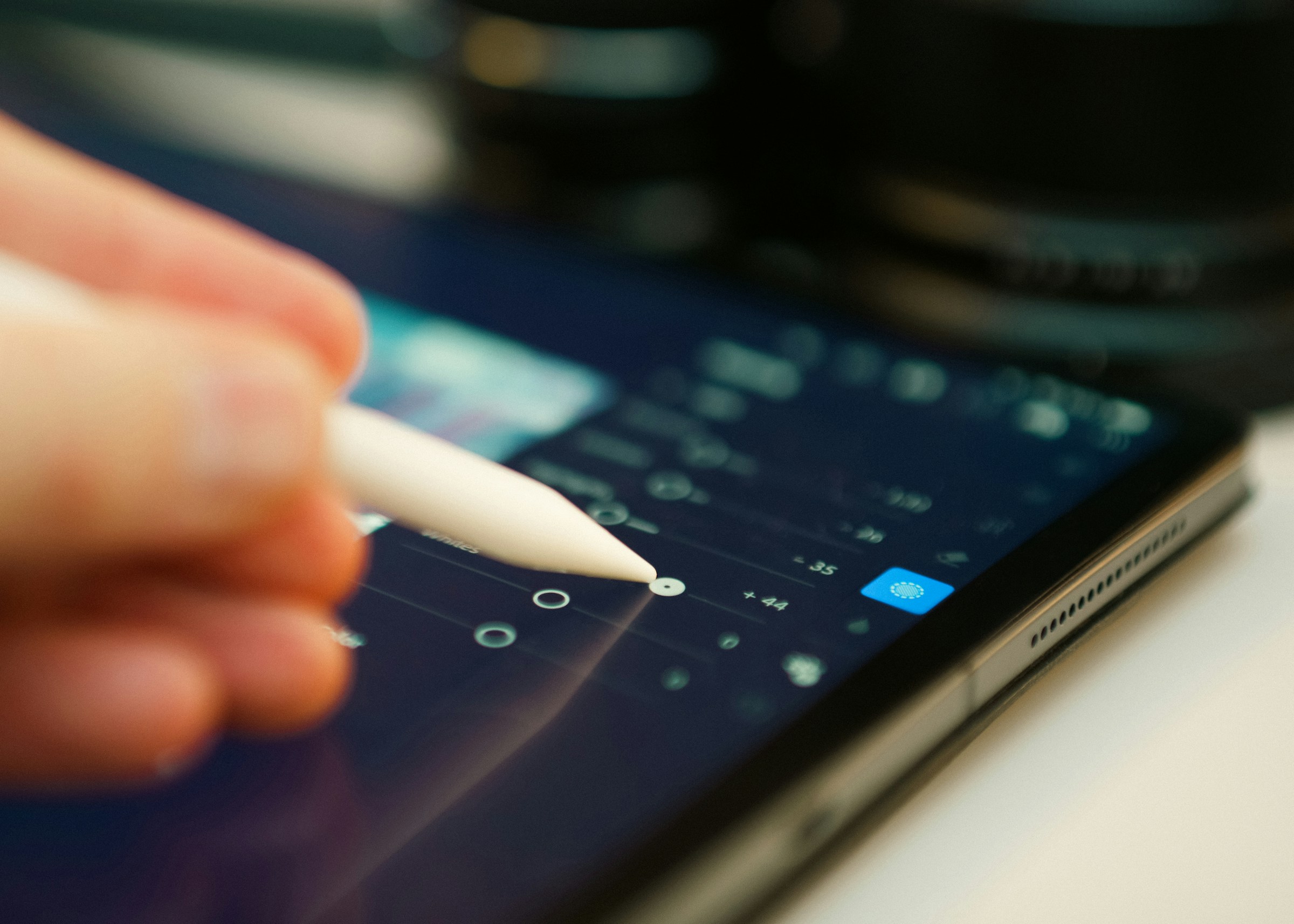Resizing images is something almost everyone needs to do at some point—whether it’s for uploading photos to a website, creating content for social media, or preparing designs for print materials. But there’s one problem that keeps showing up: resized images often look blurry, pixelated, or stretched out.
The good news is that resizing doesn’t have to ruin your images. With the right approach, you can adjust photos for any platform or purpose while keeping them crisp and professional. In this guide, you’ll learn how to resize images without losing quality. We’ll cover everything from working with high-resolution files like 1500 x 1000 pixels in size, preparing graphics for business cards, and converting images to vertical formats for Instagram Stories or TikTok.

Start with the Right Resolution: 1500 x 1000 Pixels in Size
One of the biggest mistakes people make when resizing is starting with low-resolution images. When you enlarge these, they often become pixelated because there’s simply not enough data in the original file.
If you begin with an image that’s 1500 x 1000 pixels in size, you’ll have plenty of room to crop, resize, or adjust proportions without losing detail. For example, a photo at this size is perfect for blog headers, product photos, and even high-quality prints.
If you use a 1500×1000 image converter, it’s easier to adjust large files to the dimensions you need while preserving sharpness and details. Avoid basic editors that compress images too much and cause quality loss.
Pro Tip: Always save a copy of your original high-resolution image. This allows you to experiment with resizing without worrying about losing the original quality.
Resize Image to Business Card Size Without Distortion
Business cards may be small, but they need to make a big impression. The challenge? Fitting logos, photos, or designs into the compact dimensions of a standard card (usually 3.5 x 2 inches). Stretching or squashing an image to fit these proportions often leads to distorted visuals.
Using a resize image to business card size tool ensures your images are adjusted correctly and maintain their original quality. This is especially important for professionals creating branding materials.
Tips for Better Results
Crop unnecessary background elements before resizing. This keeps the focus on the important parts of your design.
Use vector graphics or high-resolution images (like 1500 x 1000 pixels in size) for logos to ensure they stay sharp even at small sizes.
Preview the resized image at actual print size to check clarity before sending it to the printer.
Convert Image to 9:16 Online for Social Media
If you’re creating content for Instagram Stories, TikTok, or Snapchat, the 9:16 aspect ratio is essential. But manually cropping photos for this format often means cutting out key parts of your image.
When you convert image to 9:16 online using a 9×16 image converter, you can quickly adapt your horizontal or square photos into tall, mobile-friendly visuals. This keeps your subject centered and ensures your image fills the entire screen on mobile devices.
Tricks for Social Media Success
Leave some “safe space” at the top and bottom of your image to avoid important details being hidden behind UI elements like profile icons or text overlays.
If your original image isn’t tall enough, consider adding a background blur effect to fill the extra space without compromising your content.
Stick to JPG format for photos and PNG for designs with text or transparency.
5 General Tips to Resize Images Without Losing Quality
Always begin with a high-resolution file such as 1500 x 1000 pixels in size to allow flexibility in resizing
Avoid saving images multiple times in compressed formats like JPG to prevent quality degradation
Use reliable resizing tools to maintain sharpness and color accuracy
Preview your resized images on different devices to make sure they look great everywhere
Lock the aspect ratio during resizing to avoid stretched or squashed visuals

Why Using an Online Converter Is Better
Many people try resizing in free photo editors or even paint tools, only to end up with poor results. A dedicated online converter solves these issues because it’s built to optimize images for the web, print, and mobile without sacrificing sharpness.
When you use a 1500×1000 image converter, resize for business cards, or adapt photos for 9:16 with a 9×16 image converter, you’re guaranteed clean, professional results.
Final Thoughts
Resizing photos doesn’t have to be complicated or lead to quality loss. Starting with high-resolution images like 1500 x 1000 pixels in size, properly adjusting for specific formats such as business cards, and converting images to 9:16 format online are all easier with the right approach.
Using a resize image to business card size tool or converting images to 9:16 format ensures your visuals are sharp and ready for any platform. Master these techniques today and your photos will stay crisp no matter where they’re displayed.

